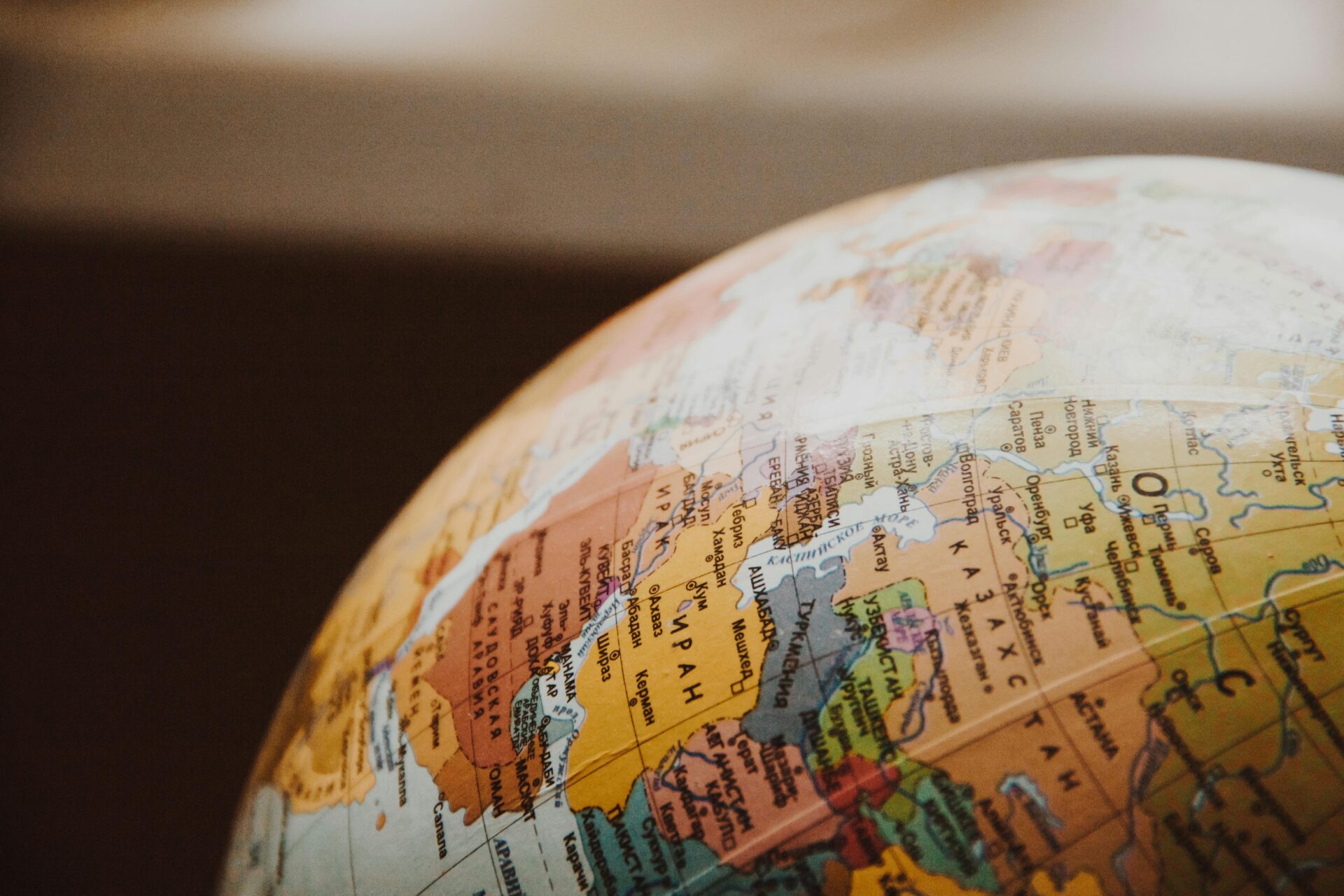
Before diving into the specifics, it’s crucial to acknowledge that while the GDP guidelines of 5th November 2023 are European in nature, Belgium and the Netherlands have their own distinct local legislations that warrant thorough consideration prior to engaging in GDP activities within these respective countries.
In Belgium, following legislation is in place:
When working for The Netherlands, one should focus on:
The Federal agency in Belgium is the Federal agency for medicines and health products (famhp). The Netherlands have different relevant parties. The Inspectoriaat gezondheid & jeugd (IGJ), the college ter beoordeling van geneesmiddelen – medicines evaluation board (CBG-MEB) and Information on Wholesale Distribution Authorization (WDA) and the application for a WDA can be found on farmatec.
With this essential background, some important differences can be elaborated.
Navigating the RP Role
Ever wondered what it takes to be a Responsible Person (RP) in the pharmaceutical industry? Well, it turns out the qualifications vary depending on where you are. Let’s break it down.
In Belgium, it’s all about the education and degrees. While a pharmacy degree is a major plus, there’s room for other academic backgrounds too. Additionally, to be an RP, you’ll need to show off your skills in Good Distribution Practice (GDP) through proper training!
Now, let’s look at the Netherlands. Here, it’s all about the experience! Under the Dutch Law on drugs 2007 (article 36), there are no strict degree requirements for RPs. Instead, it’s all about proving your experience through your CV – highlighting your expertise and showcasing your GDP training. In the Netherlands, RPs are named on the license, along with their Deputy RP.
Recall process
Picture this: a recall hits the pharmacy shelves. What happens next? Well, it turns out, how things unfold differs depending on whether you’re in Belgium or the Netherlands. Let’s dive into the details.
In Belgium, when a recall hits pharmacy level, pharmaceutical companies can rely on the “Algemene pharmaceutische bond” – Association pharmaceutic Belge (APB) to ensure that pharmacies are promptly notified. In the Netherlands, it’s all about the infamous “oranje hand enveloppen” – the orange hand envelopes. Picture this: pharmacists across the country receive these unmistakable envelopes, signalling that a recall is in effect. It’s like the bat signal for pharmacies, calling them to action.

How long can medicinal products be stored without WDA?
Let’s delve into an intriguing topic: how two countries interpret the duration for which products can be stored at a transportation company without a WDA. According to GDP requirements, the emphasis is on moving medicinal products between locations without unjustified storage periods.
Now, let’s break it down country by country:
In the Netherlands, the rule is clear: if a transportation company holds onto products for 72 hours or longer, they must possess a WDA. Moreover, they must be listed in the WDA of the contract giver.
Meanwhile, on the Belgian market, the focus is on the necessity of a WDA when products are stored for unjustified periods of time. The key here is to avoid unnecessary delays in transit and ensure the swift movement of medicinal products.
Now, here’s where it gets interesting: while both countries have their regulations, the industry standard falls within the 48-72 hours storage window. It’s a delicate balance between efficiency and compliance, ensuring that products are transported swiftly while maintaining the integrity of the supply chain.
Administrative release
For batches coming from another Member State, prior to their transfer to saleable stock, the control report referred to in Article 51(1) of Directive 2001/83/EC or another proof of release, to the market in question based on an equivalent system should be carefully checked by appropriately trained personnel.
A crucial aspect of pharmaceutical distribution, administrative release plays a pivotal role in ensuring product safety and compliance with regulatory standards. In Belgium, authorities place significant emphasis on administrative release procedures, especially for batches originating from other EU Member States. Rigorous scrutiny of the Certificate of Compliance of the manufacturer or equivalent proof of release is conducted by well-trained personnel before products are cleared for saleable stock. However, the Netherlands adopts a comparatively lighter approach to administrative release.
This distinction underscores the nuanced variations in regulatory focus between the two countries within the framework of Good Distribution Practices.
Financial import
A contrasting aspect worth exploring is the varied approach to financial import.
In Belgium, having a Manufacturing and Import Authorization (MIA) is obligatory for financial imports, which subsequently entails the need for a Qualified Person (QP) and the need for the administrative release by the QP. Conversely, the Netherlands adopts a different approach, where a MIA isn’t mandatory; possessing a WDA suffices. As a result, having a QP performing release is not a prerequisite for financial import in the Netherlands.
Wrap up
As we draw towards the end of our discussion, we’d like to offer some personal insights from our experiences navigating both the Belgian and Dutch markets. While we’ve touched upon the differences between these two landscapes, it’s essential to underscore their significance. These differences, though sometimes understated, should never be underestimated. Two countries, two different approaches – but both aiming for the same goal: ensuring the safe distribution of medicinal products.
That’s why we can’t stress enough the importance of immersing yourself in and understanding the local legislation before diving into the world of Good Distribution Practice (GDP). Thorough training and knowledge of the regulatory framework are non-negotiable.
Now, if you find yourself in need of assistance with obtaining a Belgian and/or Dutch Wholesale Distribution Authorization (WDA) license or seeking a Responsible Person (RP), contact Q-support! We’re here to lend a helping hand. Don’t hesitate to reach out to Q-support for expert guidance and support.
Do you want to receive our interesting blogs directly into your email? Subscribe to our newsletter!